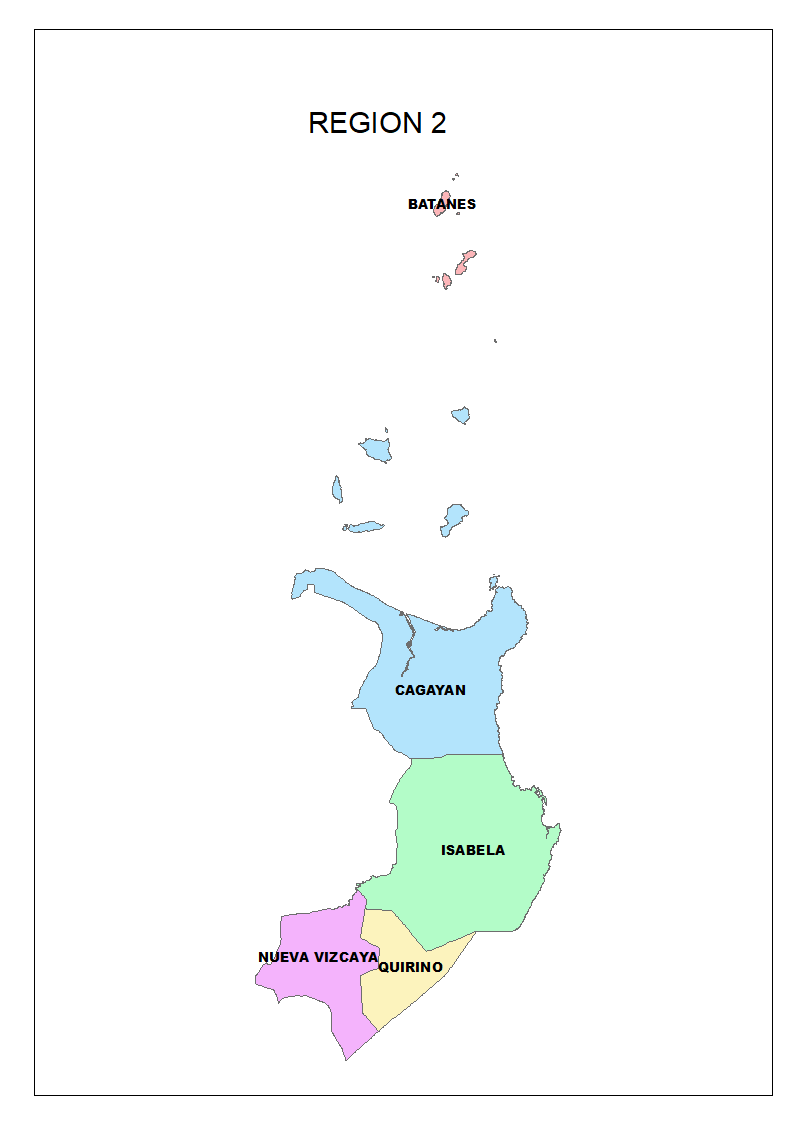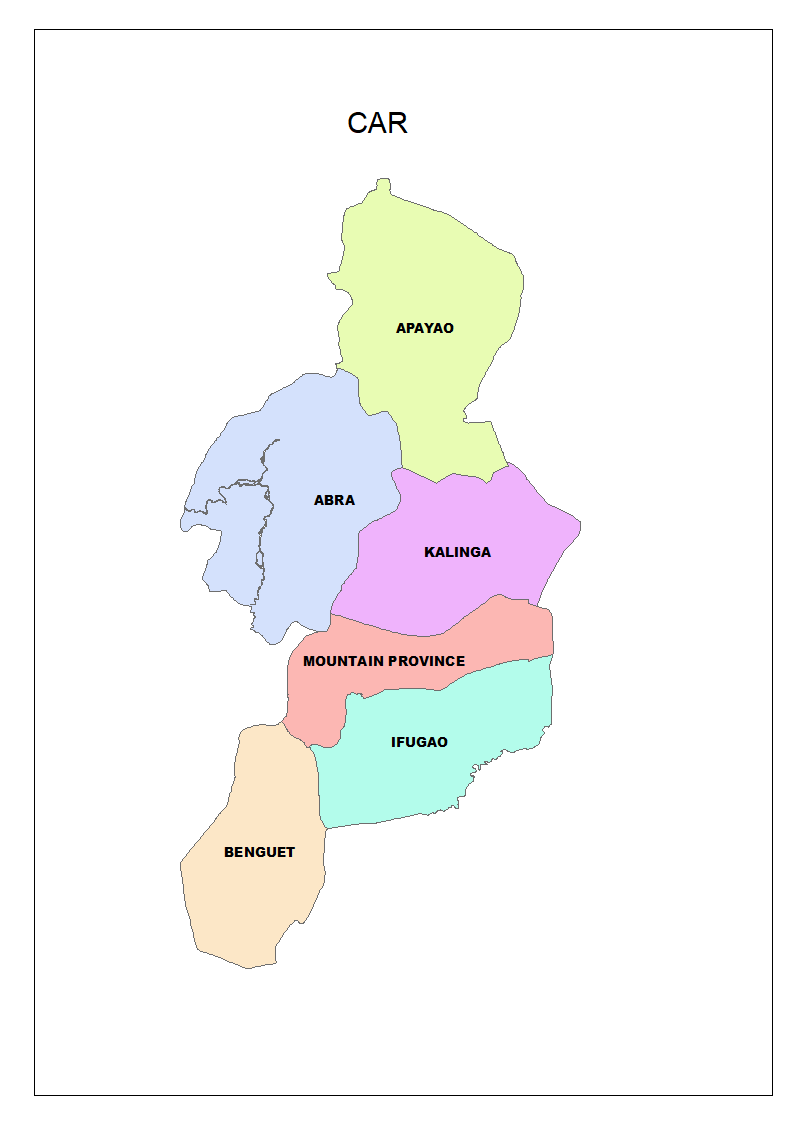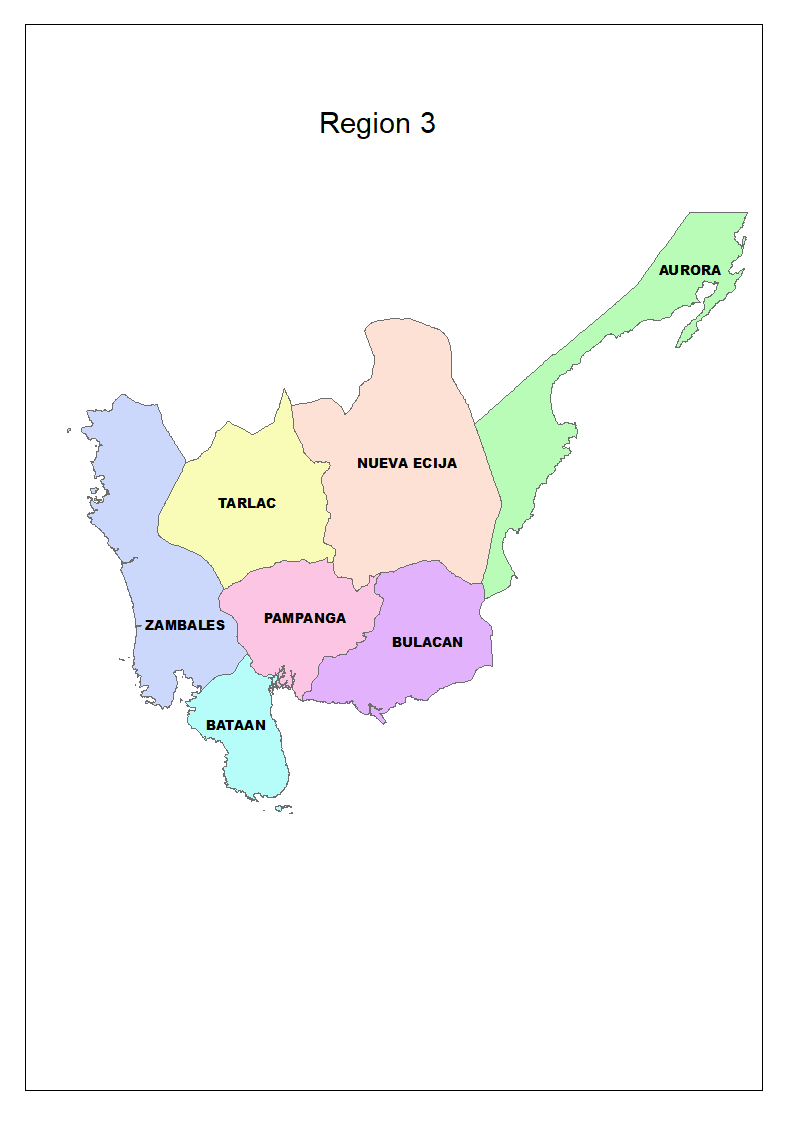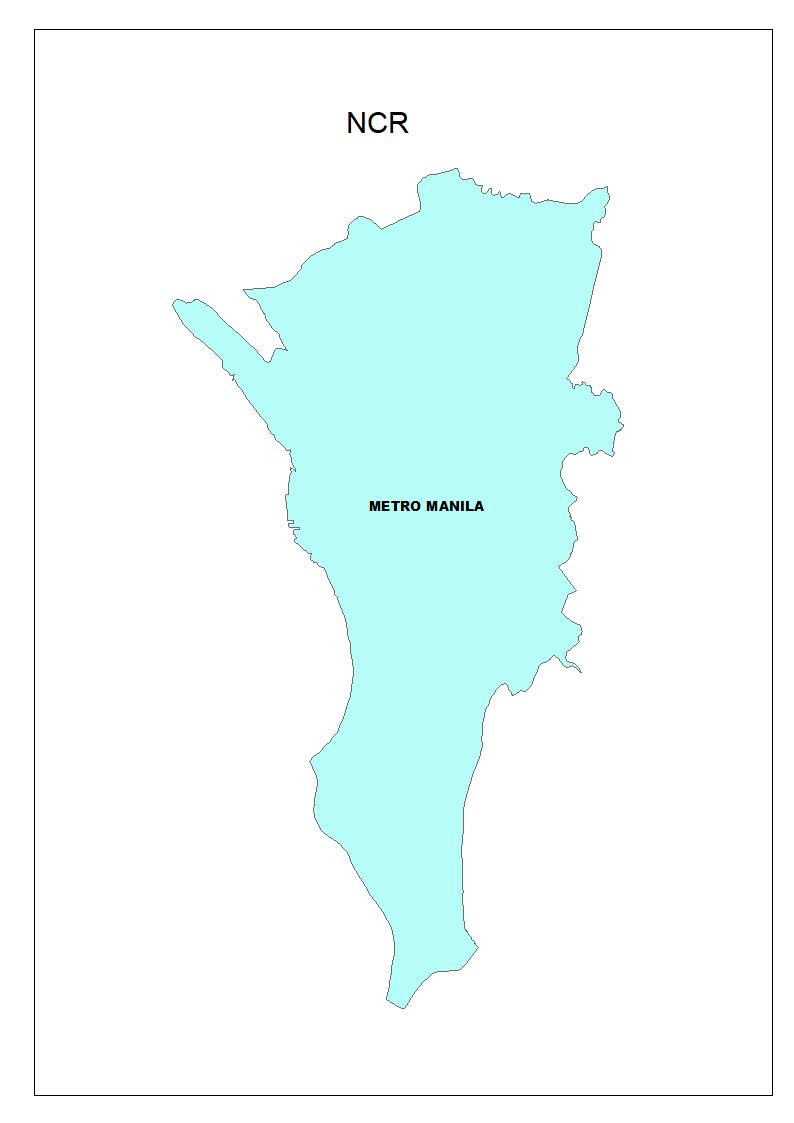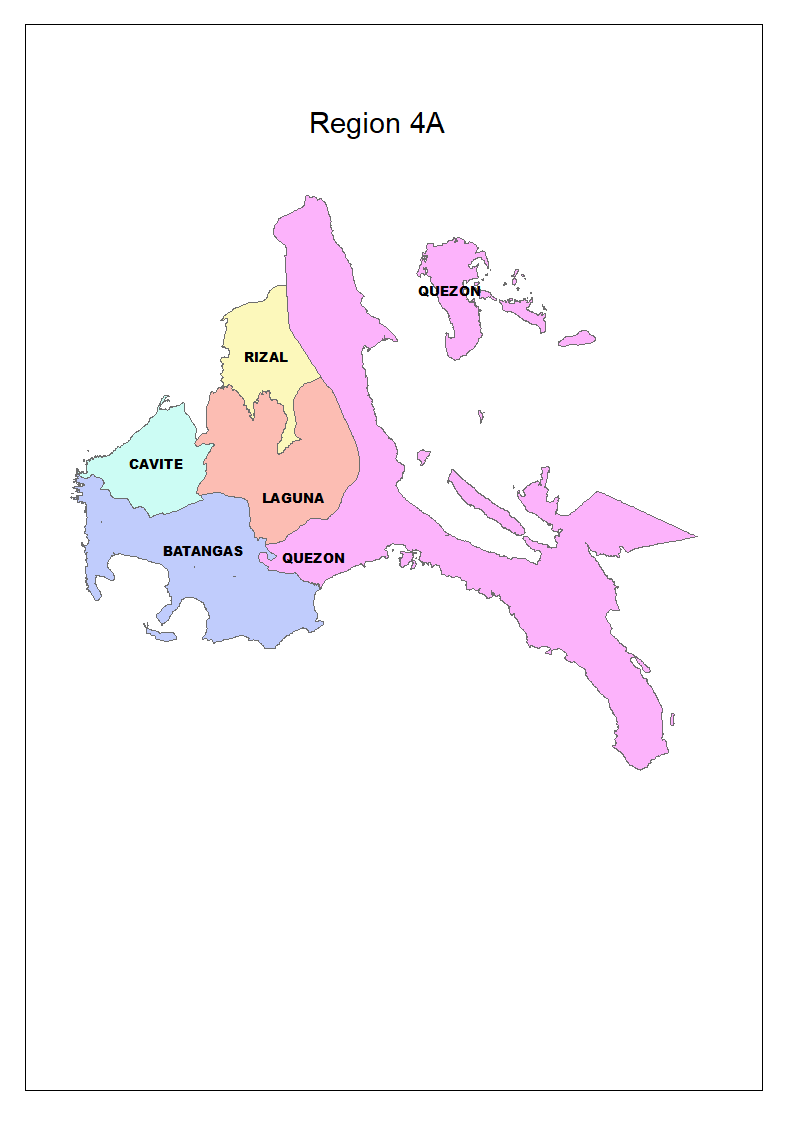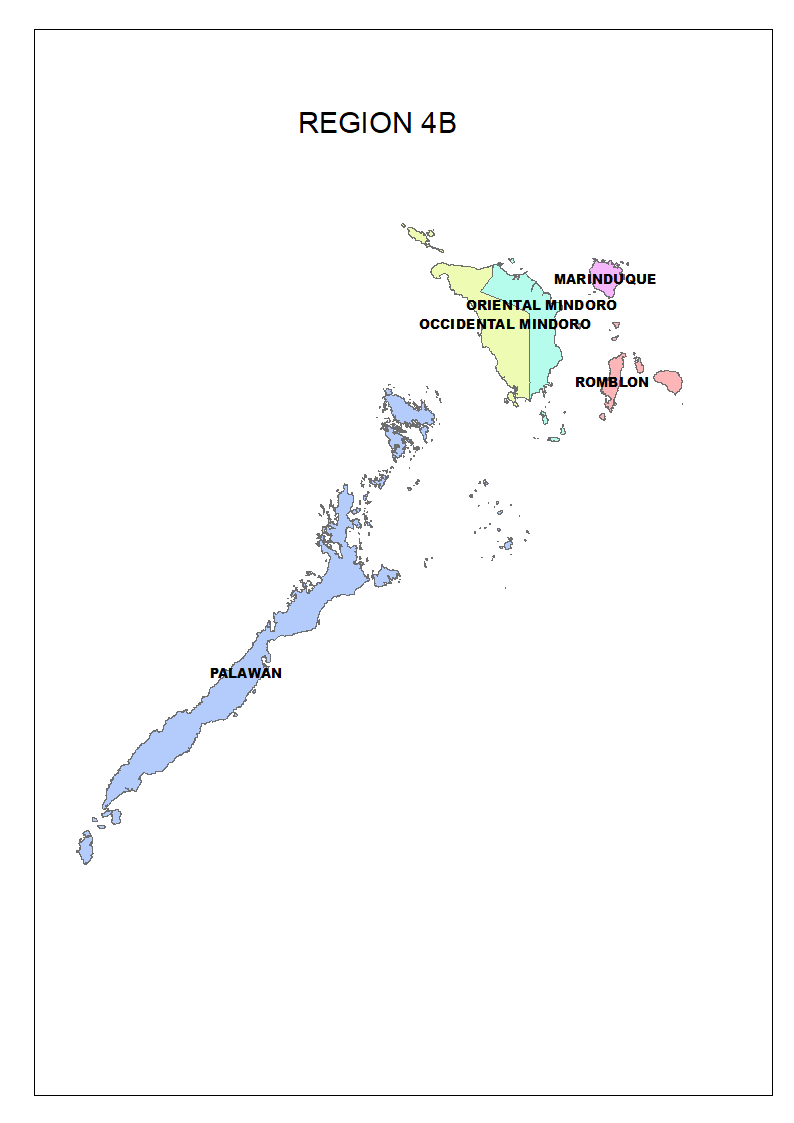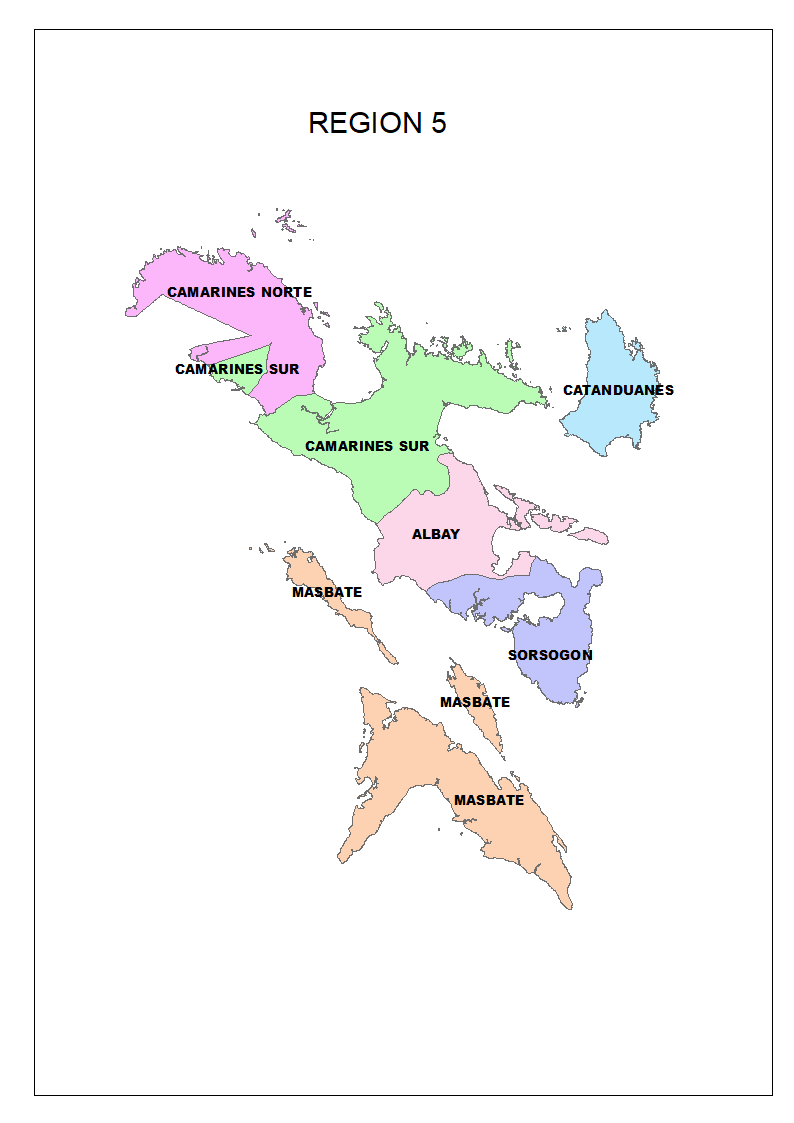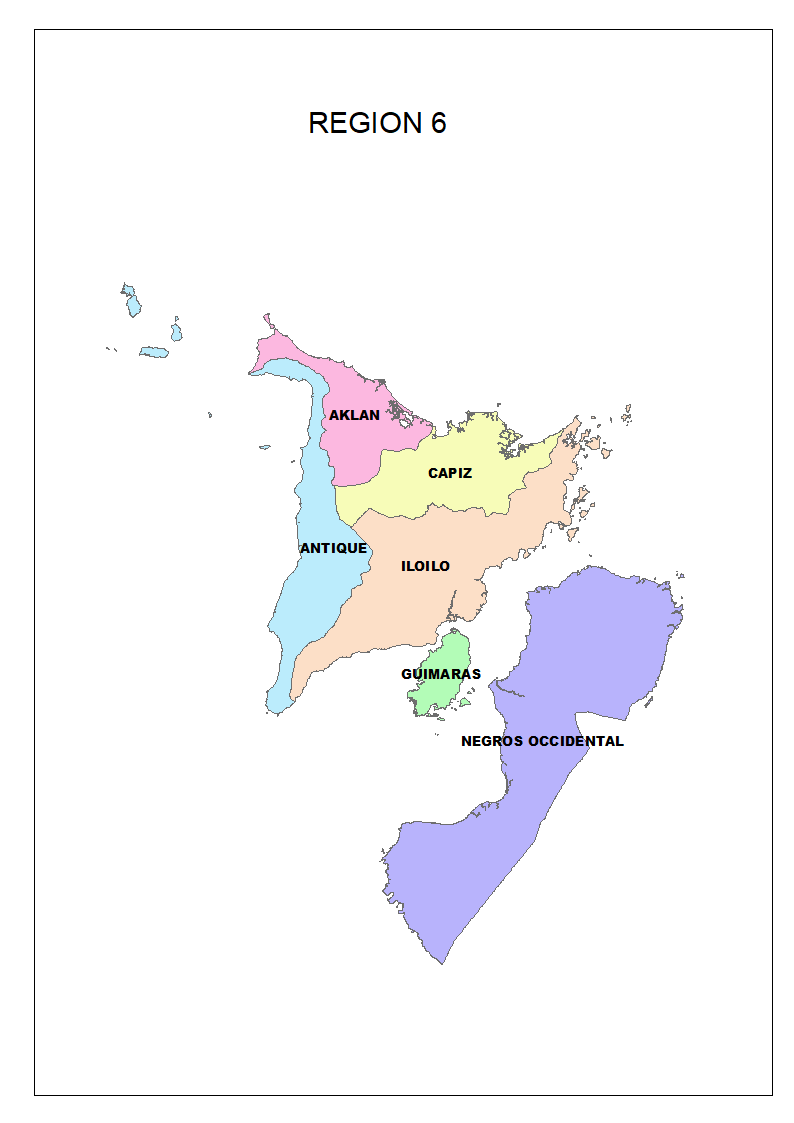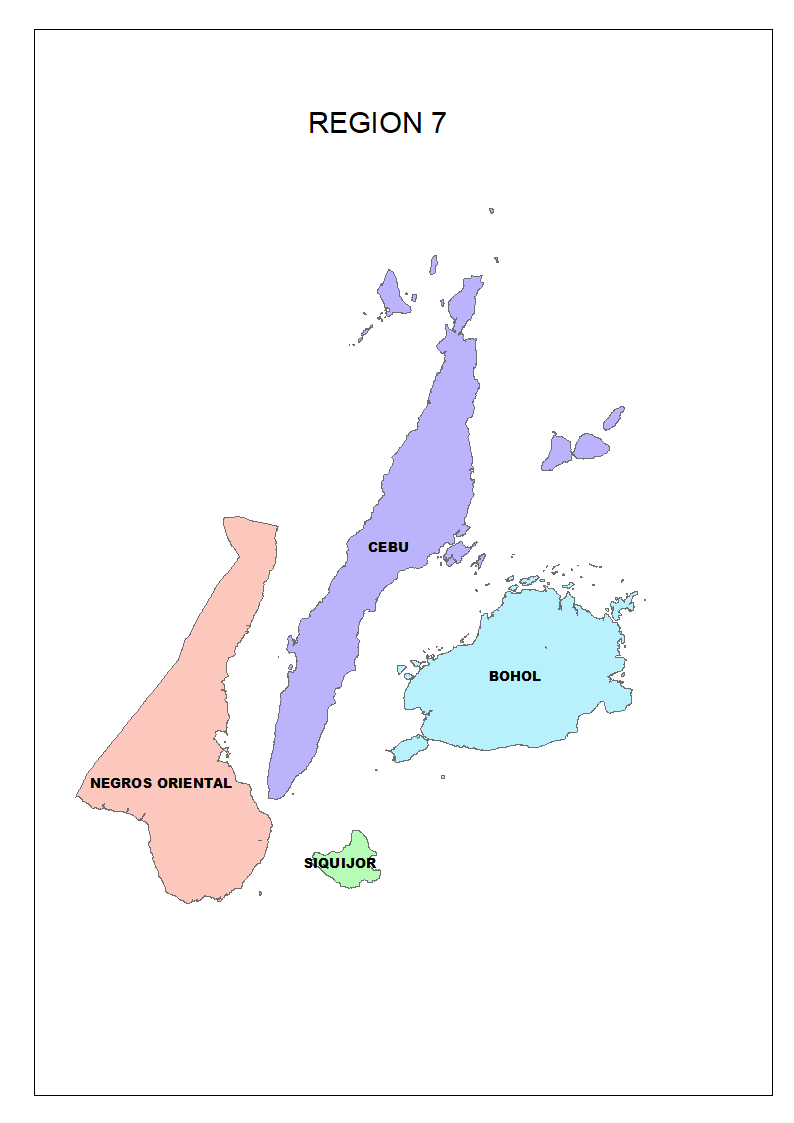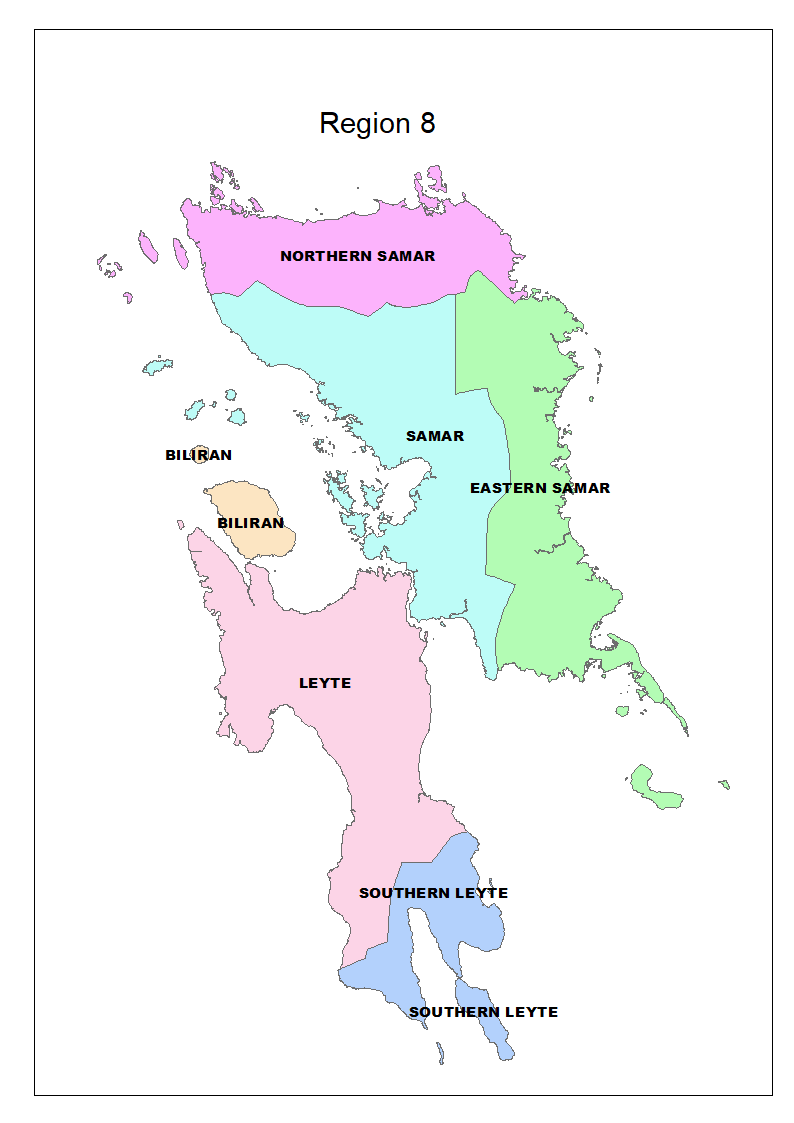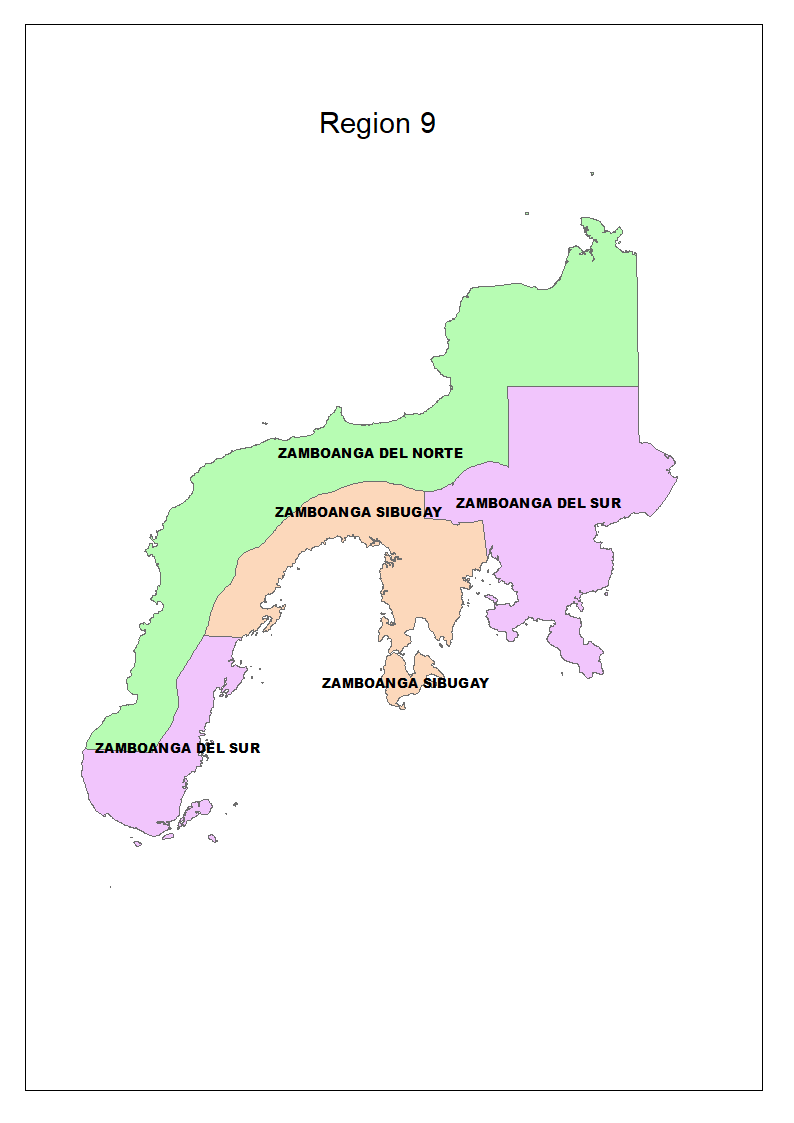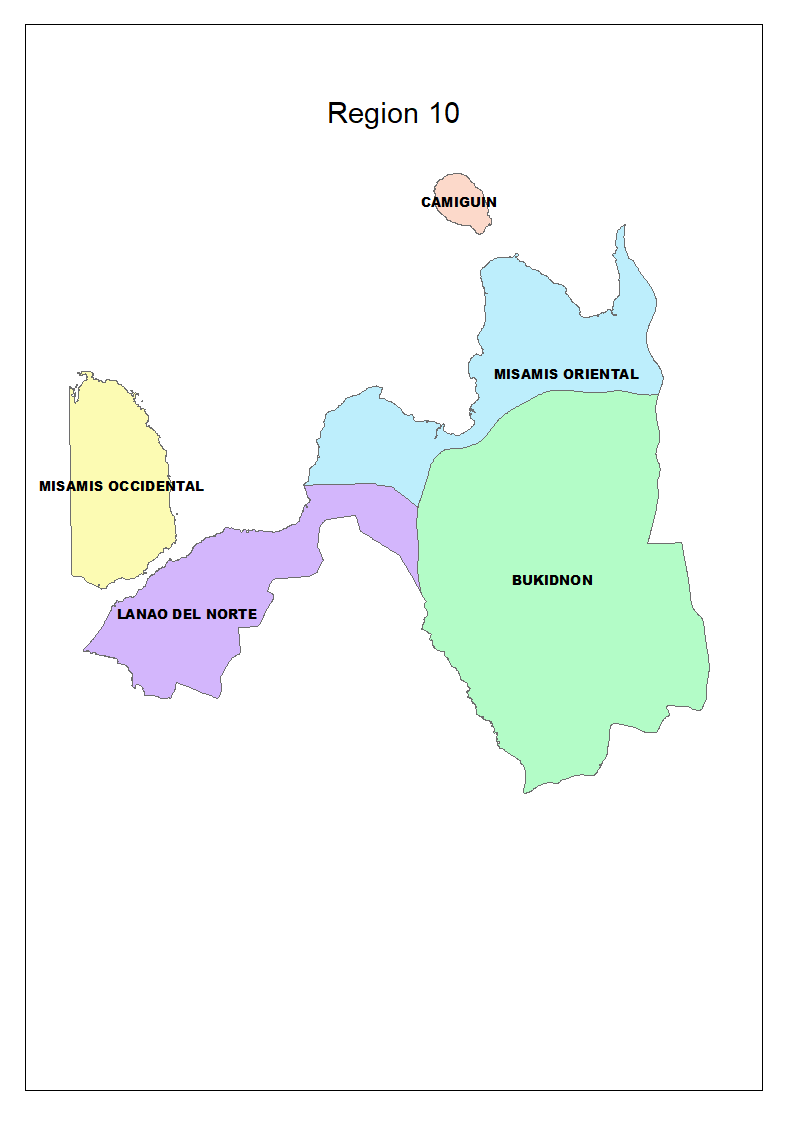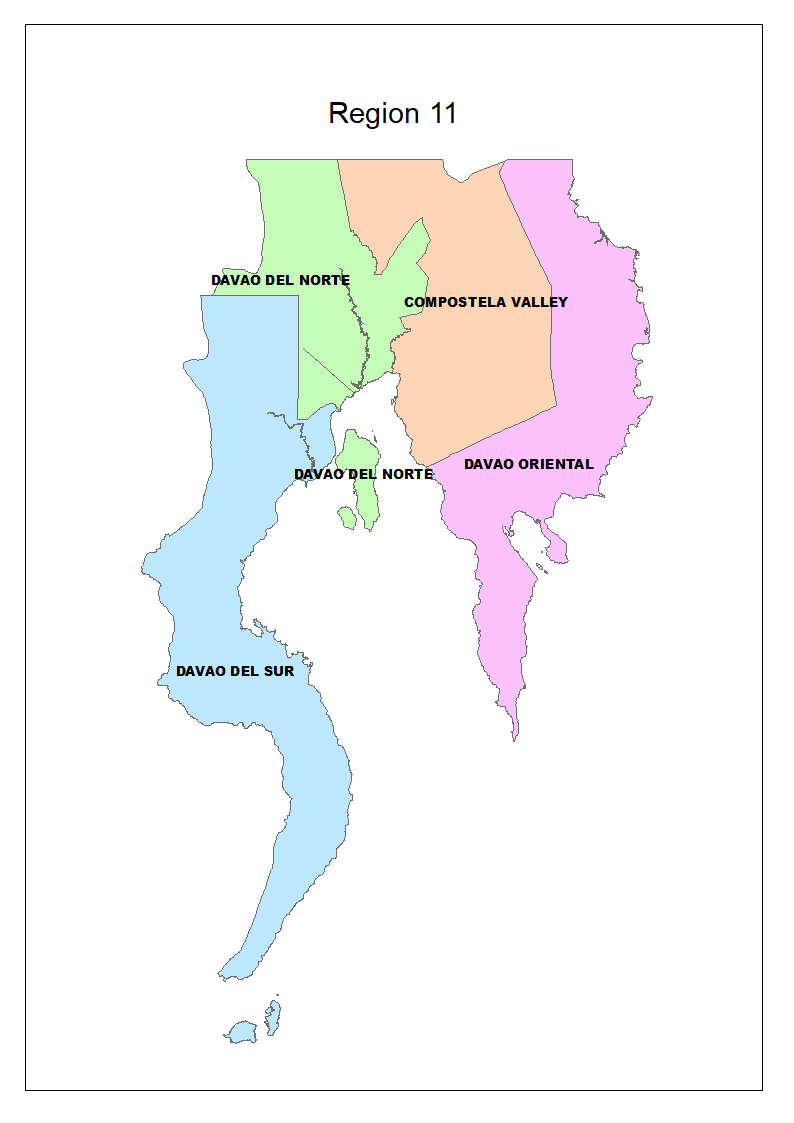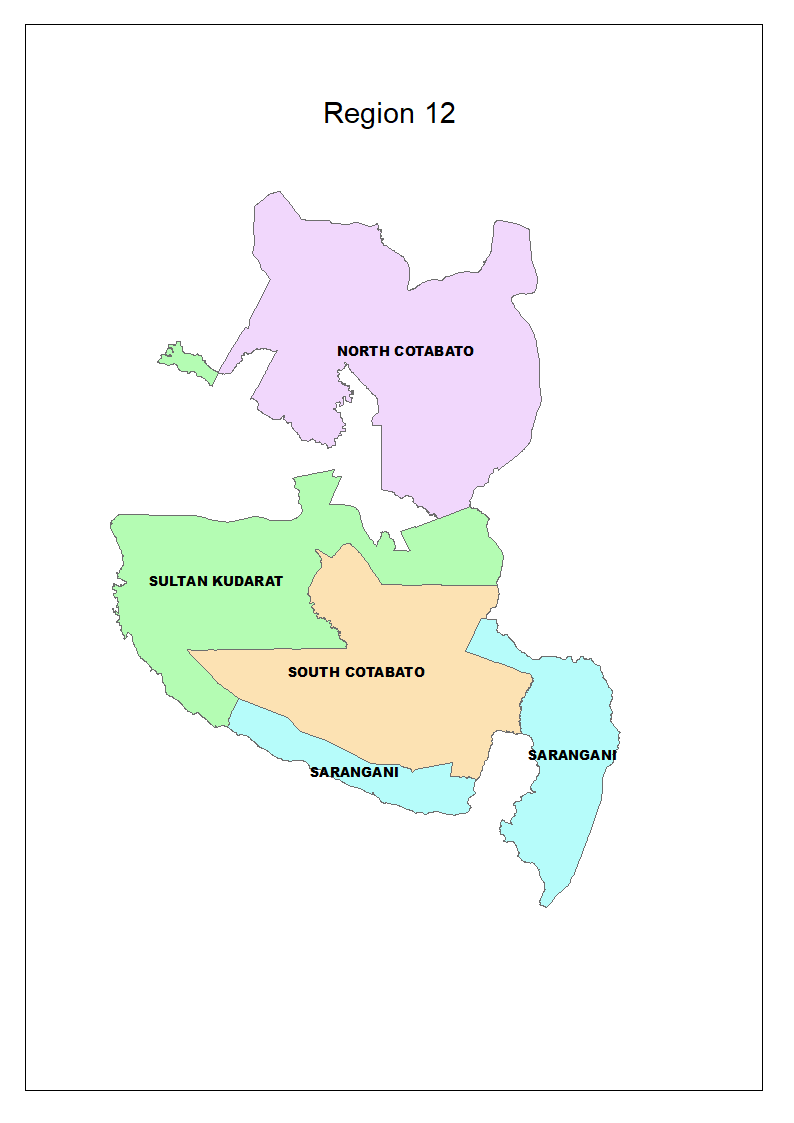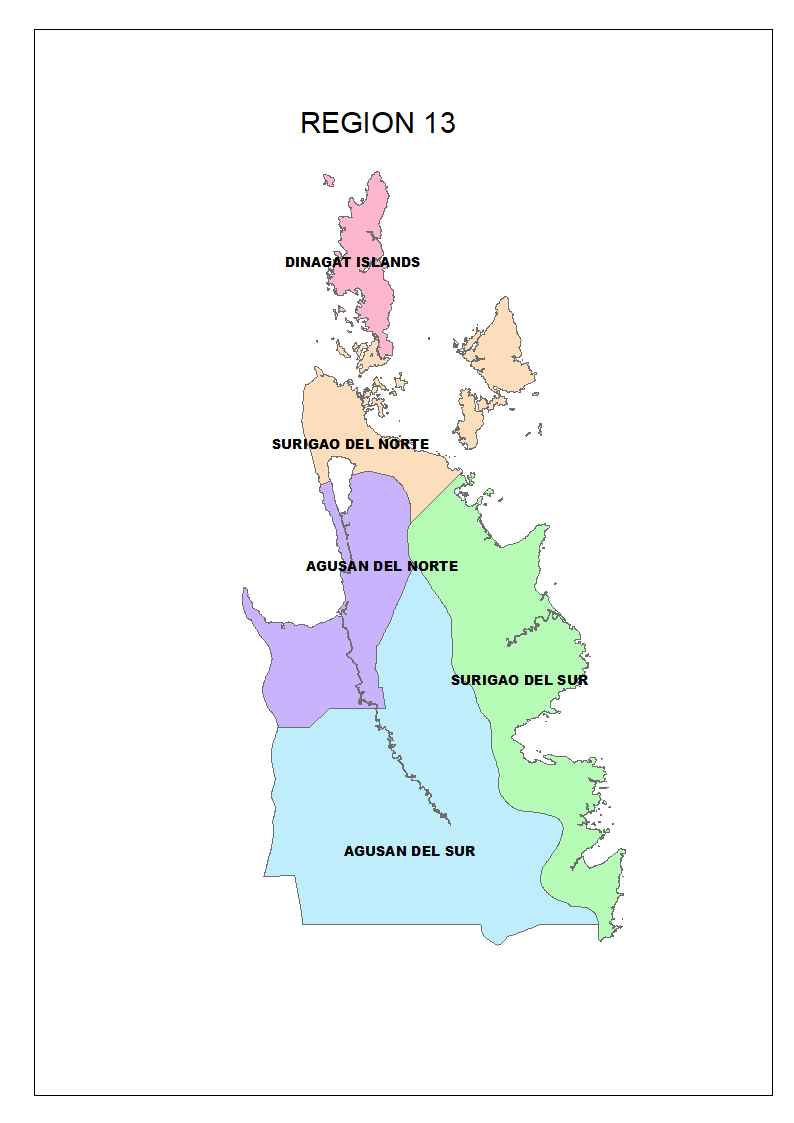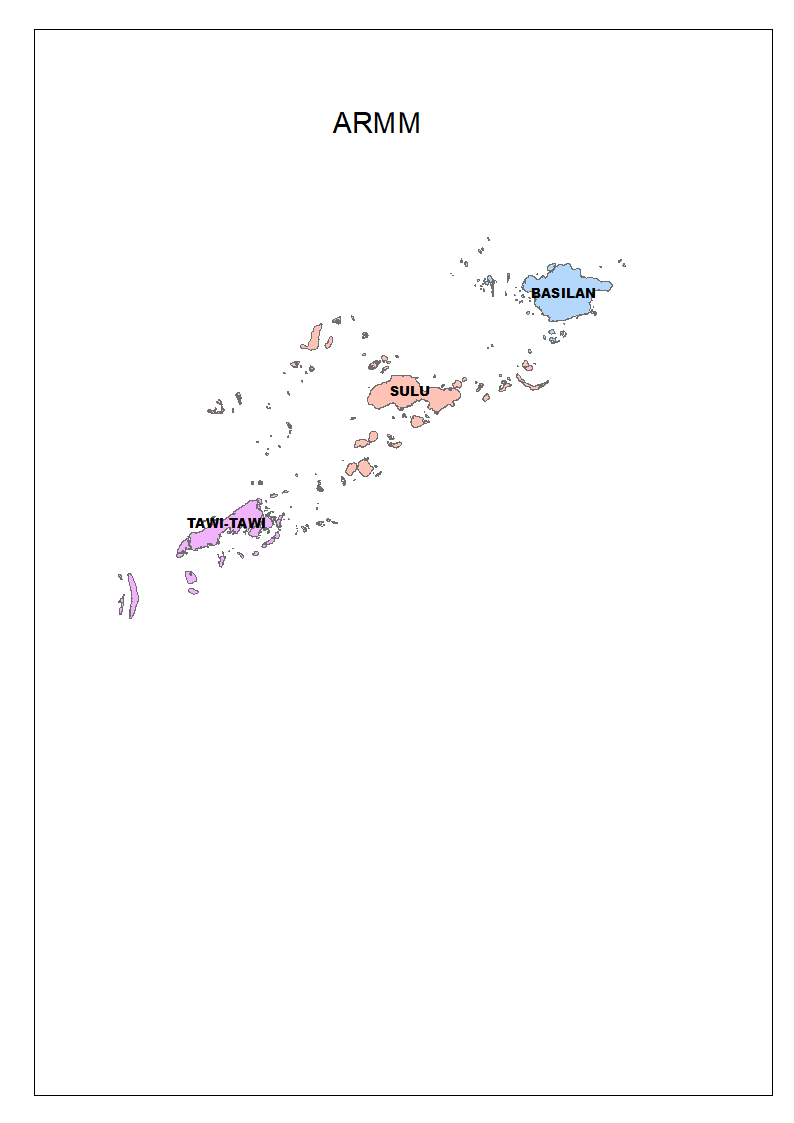Philippine Agri-Weather Forecast
During the forecast period, the country will be affected by the southwest monsoon, a potential low-pressure area (LPA), tropical cyclone, and localized thunderstorms.
In the early days of the dekad, the southwest monsoon (Habagat) will bring cloudy skies with scattered rains and thunderstorms over the Ilocos Region, Batanes, Babuyan Islands, Abra, Benguet, and Zambales. After this, the entire country will have partly cloudy to cloudy conditions with a chance of localized rainshowers or thunderstorms. Then, a Low Pressure Area (LPA) is expected to form over the Philippine Sea east of Luzon. This weather disturbance will bring cloudy skies with scattered rains and thunderstorms over the Bicol Region, MIMAROPA, Visayas, Caraga, Northern Mindanao, and Zamboanga Peninsula. The effects of the LPA are forecast to propagate northward, bringing cloudy skies with scattered rains and thunderstorms over most of Luzon and Western Visayas. Elsewhere, partly cloudy to cloudy skies with isolated rainshowers or thunderstorms will prevail mostly during the afternoon or evening.
During the first half of the dekad, southerly to southwesterly winds will dominate across most parts of the country. After this, northeasterly winds are expected to affect the eastern section of Luzon. As the period progresses, southwesterly winds are likely to prevail throughout the entire country for the remainder of the forecast period.
During the early days of the forecast period, moderate to rough sea conditions are expected over the extreme and western parts of Northern Luzon, while the rest of the country will experience slight to moderate seas. For the remainder of the period, slight to moderate sea conditions are likely to prevail over the entire archipelago
ENSO ALERT SYSTEM STATUS: INACTIVE (Updated: 29July 2025)
ENSO-neutral conditions persist in the tropical Pacific and are likely to continue until Feb-Mar-Apr 2026, with higher-than-climatology likelihood for La Niña conditions by Dec 2025–Feb 2026.
https://bagong.pagasa.dost.gov.ph/climate/el-nino-la-nina/monitoring
In the early days of the dekad, the southwest monsoon (Habagat) will bring cloudy skies with scattered rains and thunderstorms over the Ilocos Region, Batanes, Babuyan Islands, Abra, Benguet, and Zambales. After this, the entire country will have partly cloudy to cloudy conditions with a chance of localized rainshowers or thunderstorms. Then, a Low Pressure Area (LPA) is expected to form over the Philippine Sea east of Luzon. This weather disturbance will bring cloudy skies with scattered rains and thunderstorms over the Bicol Region, MIMAROPA, Visayas, Caraga, Northern Mindanao, and Zamboanga Peninsula. The effects of the LPA are forecast to propagate northward, bringing cloudy skies with scattered rains and thunderstorms over most of Luzon and Western Visayas. Elsewhere, partly cloudy to cloudy skies with isolated rainshowers or thunderstorms will prevail mostly during the afternoon or evening.
During the first half of the dekad, southerly to southwesterly winds will dominate across most parts of the country. After this, northeasterly winds are expected to affect the eastern section of Luzon. As the period progresses, southwesterly winds are likely to prevail throughout the entire country for the remainder of the forecast period.
During the early days of the forecast period, moderate to rough sea conditions are expected over the extreme and western parts of Northern Luzon, while the rest of the country will experience slight to moderate seas. For the remainder of the period, slight to moderate sea conditions are likely to prevail over the entire archipelago
ENSO ALERT SYSTEM STATUS: INACTIVE (Updated: 29July 2025)
ENSO-neutral conditions persist in the tropical Pacific and are likely to continue until Feb-Mar-Apr 2026, with higher-than-climatology likelihood for La Niña conditions by Dec 2025–Feb 2026.
https://bagong.pagasa.dost.gov.ph/climate/el-nino-la-nina/monitoring
Farm Advisories
Clear debris from fields and drainage canals to restore proper water flow. Assess crop damage and remove severely affected plants to prevent the spread of disease. Prune damaged fruit trees and allow crops to recover naturally before applying any inputs. Test soil for nutrient loss and apply fertilizers as needed. Monitor for pests and fungal diseases and apply appropriate control measures. Disinfect tools and equipment, and repair any damaged structures. Replant short-duration or flood-tolerant crops if necessary to make up for losses
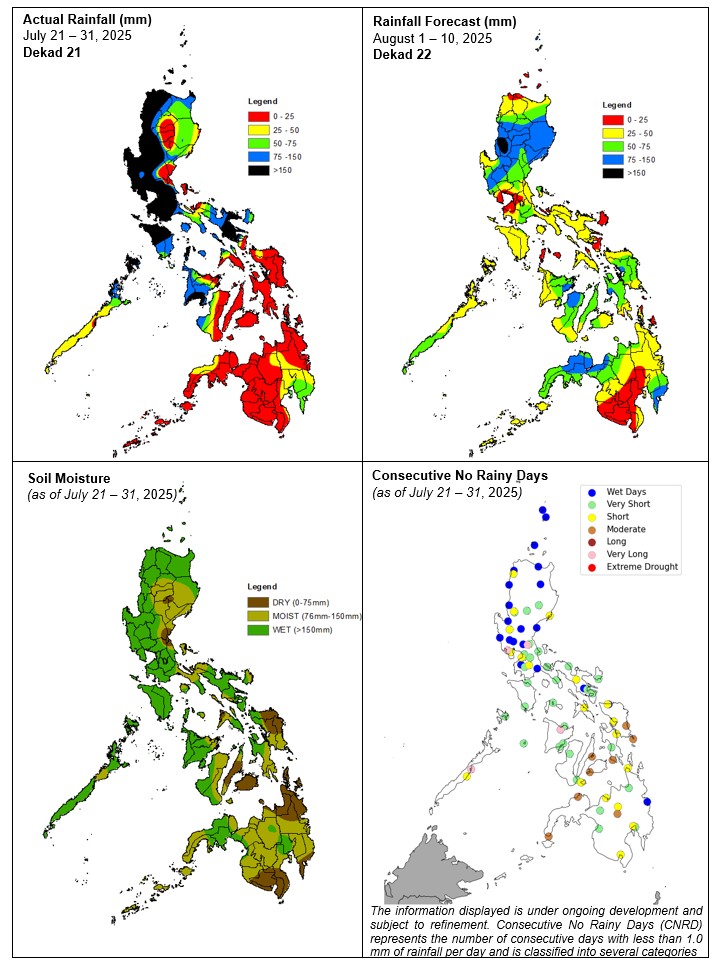
Regional Agrometeorological Situation and Prognosis
Region 1 Ilocos Region
Region 2 Cagayan Valley
CAR (Cordillera Administrative Region)
Region 3 Central Luzon
NCR (National Capital Region)
Region 4A CALABARZON
Region 4B MIMAROPA
Region 5 Bicol Region
Region 6 Western Visayas
Region 7 Central Visayas
Region 8 Eastern Visayas
Region 9 Zamboanga Peninsula
Region 10 Northern Mindanao
Region 11 Davao Region
Region 12 SOCCSKSARGEN
Region 13 CARAGA
BARMM (Bangsamoro Autonomous Region in Muslim Mindanao)
Region 1 Ilocos Region
Forecast Rainfall (mm):
25 – 150
Rainy Days (0.1mm or more):
5 – 8
Actual Soil Moisture Condition:
n/a
Range of Relative Humidity (%):
55 – 99
Min - Max Temperature (°C):
23 – 33
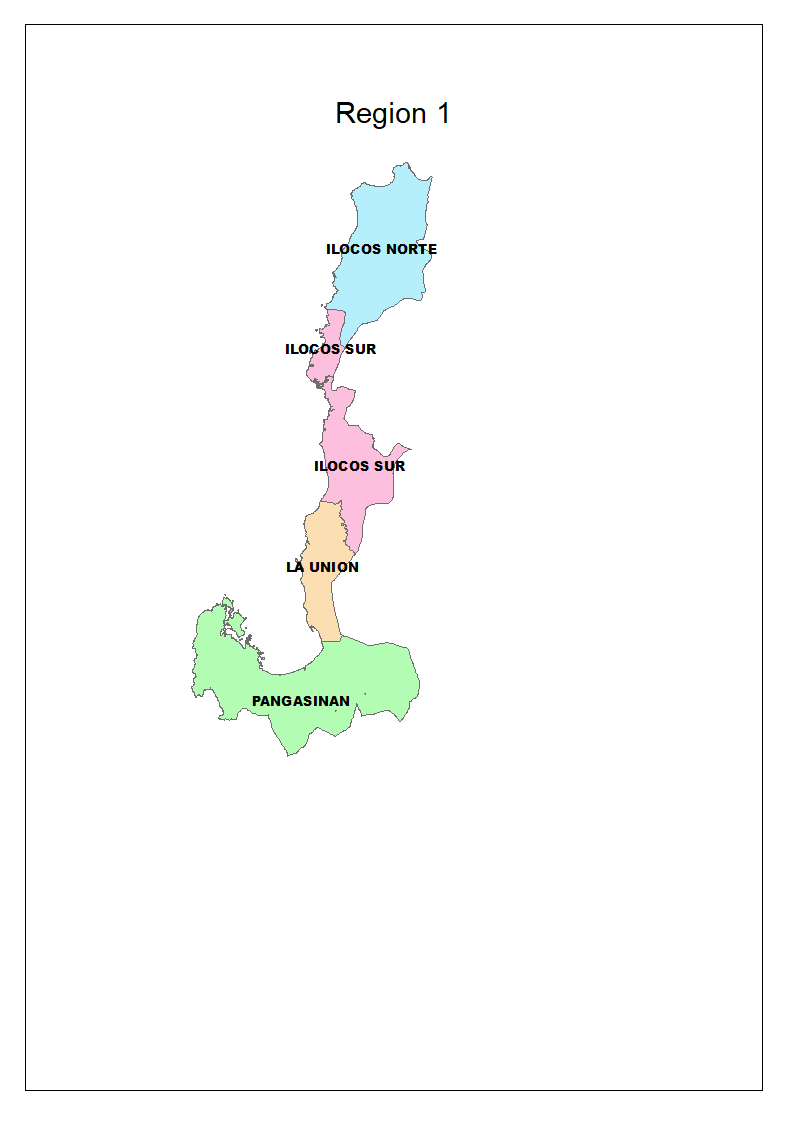
Crop Phenology, Situation and Farm Activities:
Land preparation and seedling uprooting are ongoing. Transplanting of rice seedlings is also underway in some areas. Most rice are in vegetative stage while corn are in reproductive and maturing stages. Most rice are in vegetative stage while corn are in reproductive and maturing stages. Growing of carrot, squash, ampalaya, cassava, chayote, malunggay, kangkong, mustard, string bean, chili pepper, ginger, garlic, onion, sweet pepper, lettuce, mung bean, okra, taro, upo, eggplant, sweet potato, patola, pechay, malunggay, fern leaves, spinach, avocado, banana, coconut, coffee, guava, dragon fruit, guyabano, jackfruit, calamansi, mango, mulberry, pineapple, star apple, watermelon, papaya, dragon fruit, lanzones, dalandan, rambutan, and tobacco is still ongoing. Harvesting of garlic, peanut, okra, pechay, camote tops, spinach, squash, string bean, sweet pepper, sweet potato, taro, tomato, chili pepper, long pepper, eggplant, kangkong, lettuce, malunggay, saluyot, mung bean, mustard, habichuelas, lemongrass, patola, ampalaya, upo, chayote, cassava, ubi, papaya, guyabano, coconut, mango, turnip, tobacco, tamarind, calamansi, santol, and star apple is in progress. In some areas, drying of tobacco is being done. Continuing after the passage of the typhoon, copra making and nut drying are being resumed as drying areas are cleared and secured. Weeding, pest control, water management, fertilizer application, and spraying are underway, with adjustments based on crop condition and field accessibility. Maintenance and cleaning of canals, dikes, and drainage systems continue to ensure proper water flow and prevent further flooding. Delivery of fresh produce is ongoing, focusing on undamaged harvests and maintaining post-harvest quality. Repair of drying facilities and storage areas is being carried out where needed, while close monitoring of crops for stress, pests, and diseases guides timely interventions
Prepared By:
MTR/ MEVT/TAC Uploaded:MAM

